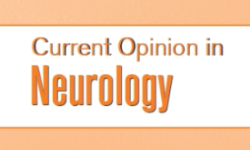
“Anxiety- and trauma-related disorders are prevalent and debilitating mental illnesses associated with a significant socioeconomic burden. Current treatment approaches often have inadequate therapeutic responses, leading to symptom relapse. Here we review recent preclinical and clinical findings on the potential of cannabinoids as novel therapeutics for regulating fear and anxiety.
RECENT FINDINGS:
Evidence from preclinical studies has shown that the non-psychotropic phytocannabinoid cannabidiol and the endocannabinoid anandamide have acute anxiolytic effects and also regulate learned fear by dampening its expression, enhancing its extinction and disrupting its reconsolidation. The findings from the relevant clinical literature are still very preliminary but are nonetheless encouraging. Based on this preclinical evidence, larger-scale placebo-controlled clinical studies are warranted to investigate the effects of cannabidiol in particular as an adjunct to psychological therapy or medication to determine its potential utility for treating anxiety-related disorders in the future.”
https://www.ncbi.nlm.nih.gov/pubmed/31030284
https://link.springer.com/article/10.1007%2Fs11920-019-1026-z






 “Migraine is a common, highly disabling disorder. Its treatment involves acute and preventive therapy. Many of available preventive medications are not well tolerated, which results in poor compliance and limited effectiveness.
“Migraine is a common, highly disabling disorder. Its treatment involves acute and preventive therapy. Many of available preventive medications are not well tolerated, which results in poor compliance and limited effectiveness. 
